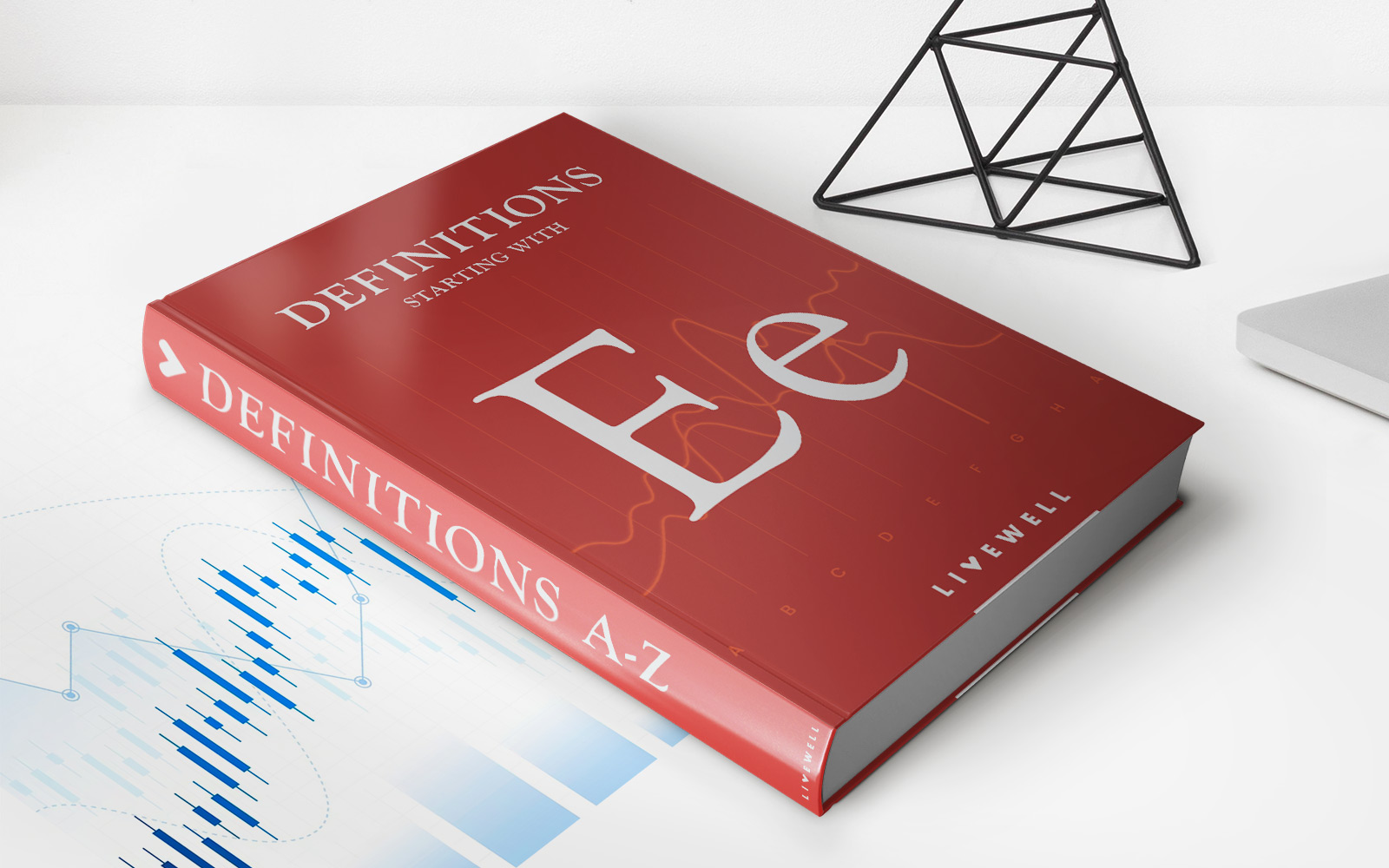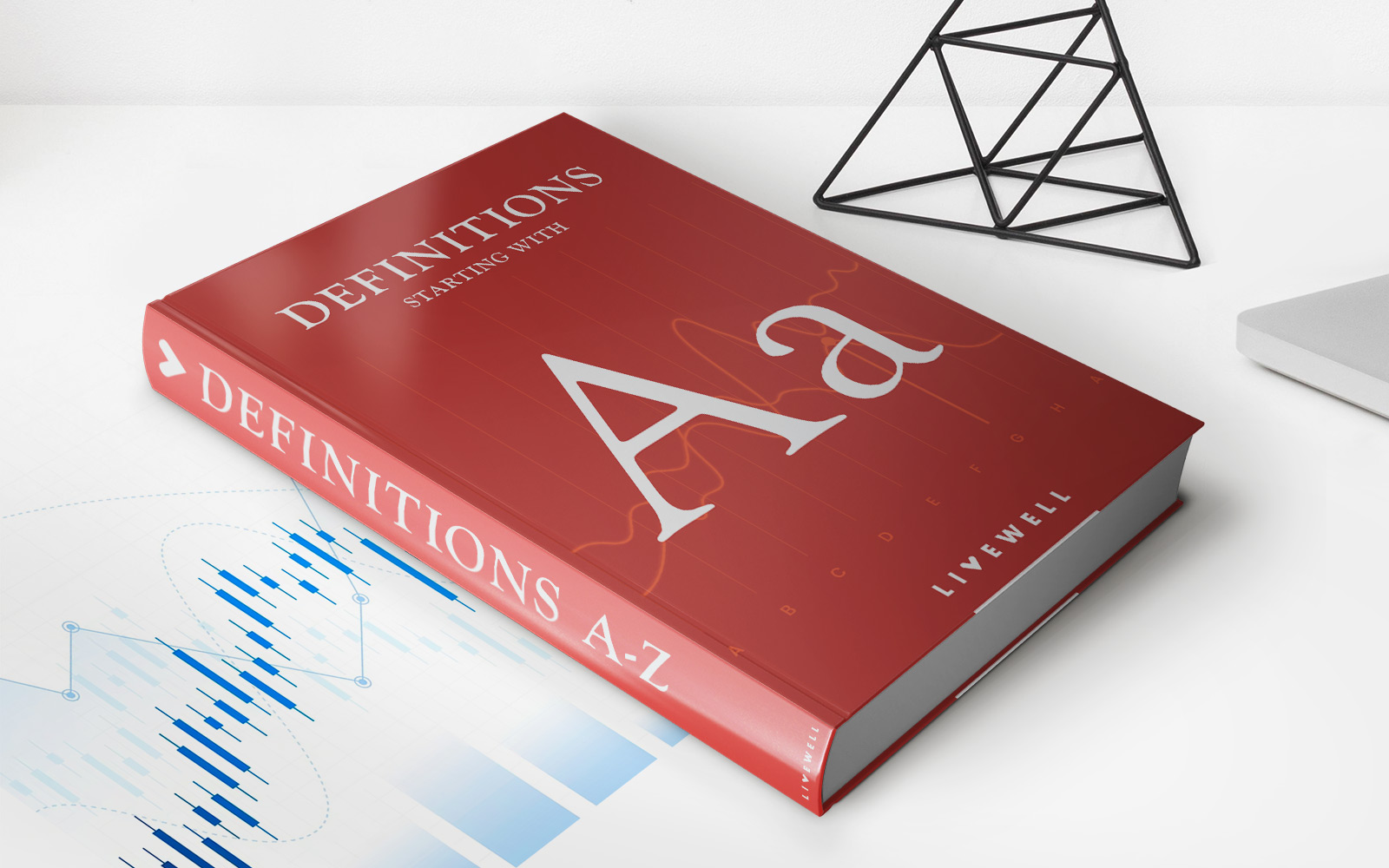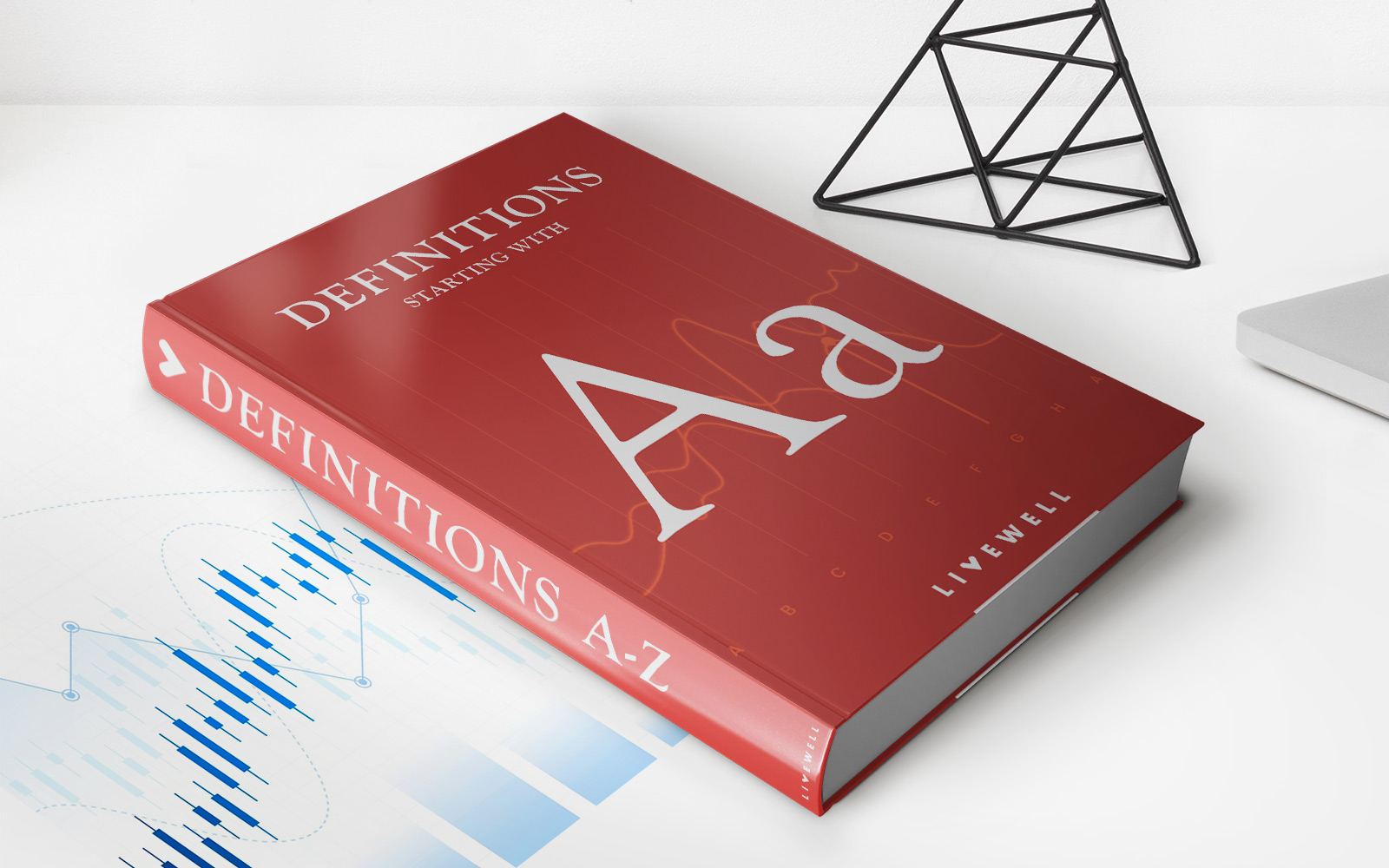

Finance
What Are The Pros And Cons Of I Bonds
Published: October 14, 2023
Discover the advantages and disadvantages of investing in I Bonds. Learn how these financial instruments can help you grow your finance portfolio.
(Many of the links in this article redirect to a specific reviewed product. Your purchase of these products through affiliate links helps to generate commission for LiveWell, at no extra cost. Learn more)
Table of Contents
Introduction
I Bonds, also known as Series I Savings Bonds, are a type of investment issued by the U.S. Department of the Treasury. These bonds offer a unique combination of features that make them attractive to investors looking for both stability and potential for growth.
Unlike traditional bonds, I Bonds have a variable interest rate that adjusts every six months based on changes in inflation. This feature allows investors to keep pace with rising prices and protect their purchasing power.
Additionally, I Bonds offer some tax advantages. The interest earned on these bonds is exempt from state and local income taxes, and if used for qualified educational expenses, it may also be exempt from federal taxes. This makes I Bonds an attractive option for investors looking to save for their children’s education.
However, like any investment, I Bonds come with their own set of pros and cons. In this article, we will explore the advantages and disadvantages of investing in I Bonds, so you can make an informed decision about whether they are the right investment option for you.
Pros of I Bonds
Investing in I Bonds offers several advantages that make them a viable investment option. Here are the key pros of investing in I Bonds:
- Inflation Protection: One of the major advantages of I Bonds is that they offer protection against inflation. The interest rate on I Bonds is a combination of a fixed rate and an inflation rate based on the Consumer Price Index (CPI). This means that as inflation rises, the interest rate on I Bonds also increases, helping to preserve the purchasing power of your investment.
- Low Risk: I Bonds are backed by the U.S. government, making them a low-risk investment. Unlike stocks or other riskier investments, the principal amount you invest in I Bonds is guaranteed and will not fluctuate with market conditions. This makes I Bonds a suitable option for conservative investors seeking stability.
- Tax Advantages: As mentioned earlier, I Bonds offer tax advantages. The interest earned on I Bonds is exempt from state and local income taxes. Additionally, if the bonds are used for qualified educational expenses, the interest may also be exempt from federal taxes. This makes I Bonds a tax-efficient investment choice, especially if you plan to use them for educational purposes.
- Liquidity: I Bonds have a relatively short minimum holding period of one year. After this initial period, you can redeem them at any time, although there may be penalties for redeeming them within the first five years. This provides investors with liquidity, allowing them to access their funds when needed.
- Diversification: Adding I Bonds to your investment portfolio can provide diversification benefits. As they are not directly correlated with other asset classes like stocks or bonds, I Bonds can help mitigate risk and stabilize your overall portfolio performance.
Overall, the inflation protection, low risk, tax advantages, liquidity, and diversification benefits make I Bonds an attractive investment option for those looking for a stable and reliable investment with potential for growth.
Cons of I Bonds
While I Bonds offer several advantages, it is also important to consider the potential drawbacks of investing in them. Here are some cons of investing in I Bonds:
- Limited Investment Amount: The maximum investment limit for I Bonds is set by the U.S. Treasury. Currently, investors can purchase a maximum of $10,000 worth of electronic I Bonds per year. This limitation may restrict investors who are looking to allocate a significant portion of their portfolio to I Bonds.
- Fixed Rate: Although the inflation component of the interest rate on I Bonds adjusts every six months, the fixed rate remains constant throughout the life of the bond. This means that if the fixed rate is low at the time of purchase, the overall yield of the I Bond may be lower compared to other investment options.
- Interest Taxation: While the interest earned on I Bonds may be exempt from certain taxes, it is important to note that the interest is subject to federal income tax when it is redeemed or reaches final maturity. This means that you will owe taxes on the accumulated interest when you sell or cash in your I Bonds.
- Tie-up of Funds: Investing in I Bonds requires a minimum holding period of one year. Additionally, if you redeem the bonds within the first five years, you will forfeit the last three months of interest as a penalty. This means that your funds will be tied up for a certain period and may not be easily accessible in case of emergencies.
- Interest Rate Risk: While I Bonds provide inflation protection, they are still subject to changes in interest rates. If general interest rates rise, the fixed rate on I Bonds may become less attractive compared to other investments. This could impact the overall return on investment.
Considering these cons, it is important to evaluate your investment objectives, risk tolerance, and liquidity needs before deciding to invest in I Bonds. Assessing these factors will help you determine if I Bonds align with your financial goals and suit your investment strategy.
Conclusion
Investing in I Bonds can be a smart strategy for individuals seeking a low-risk investment option that offers protection against inflation. They offer several advantages, including inflation protection, tax advantages, low risk, liquidity, and diversification benefits. These features make I Bonds a viable choice for conservative investors looking for stability and potential growth.
However, it is important to consider the limitations of I Bonds as well. These include the limited investment amount, the fixed rate, potential taxation on interest, tie-up of funds, and interest rate risk. These factors may impact the overall return on investment and liquidity options.
Before investing in I Bonds, it is crucial to assess your investment goals, risk tolerance, and financial circumstances. Consider whether the benefits of I Bonds align with your investment objectives and whether they complement your overall investment portfolio. Consulting with a financial advisor can provide valuable insights and guidance to help you make an informed decision.
In conclusion, I Bonds can be a valuable addition to a well-diversified investment portfolio, providing stability and potential growth. However, it is important to weigh the pros and cons and consider your individual financial situation before making an investment decision.














